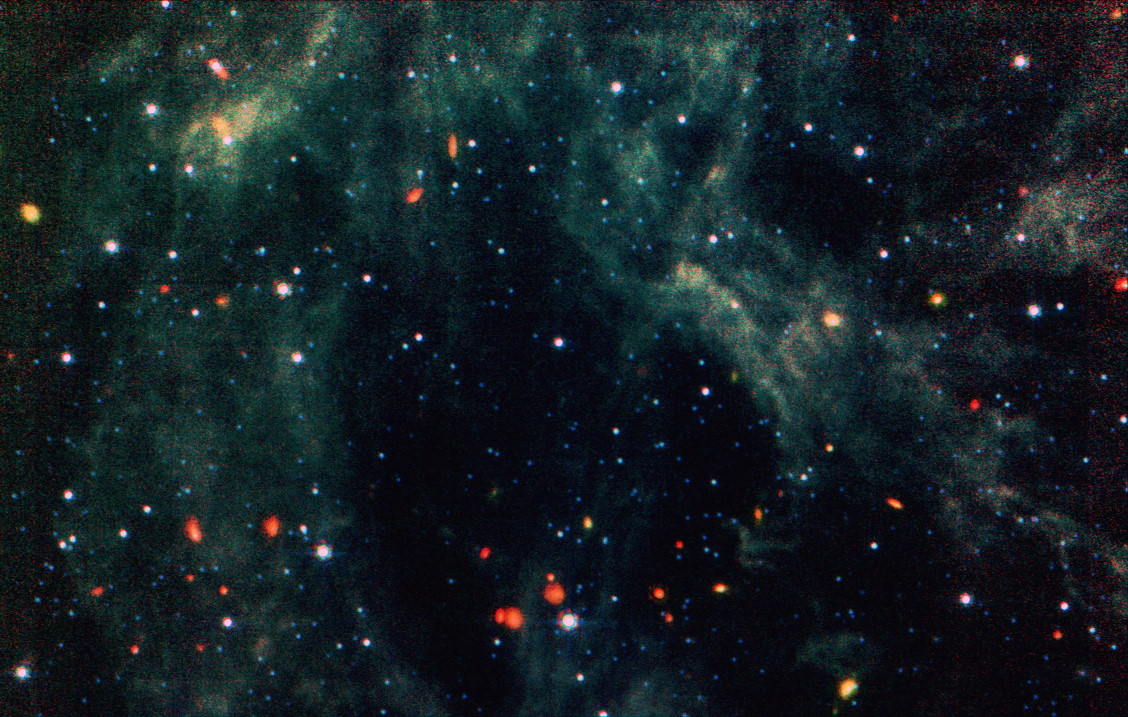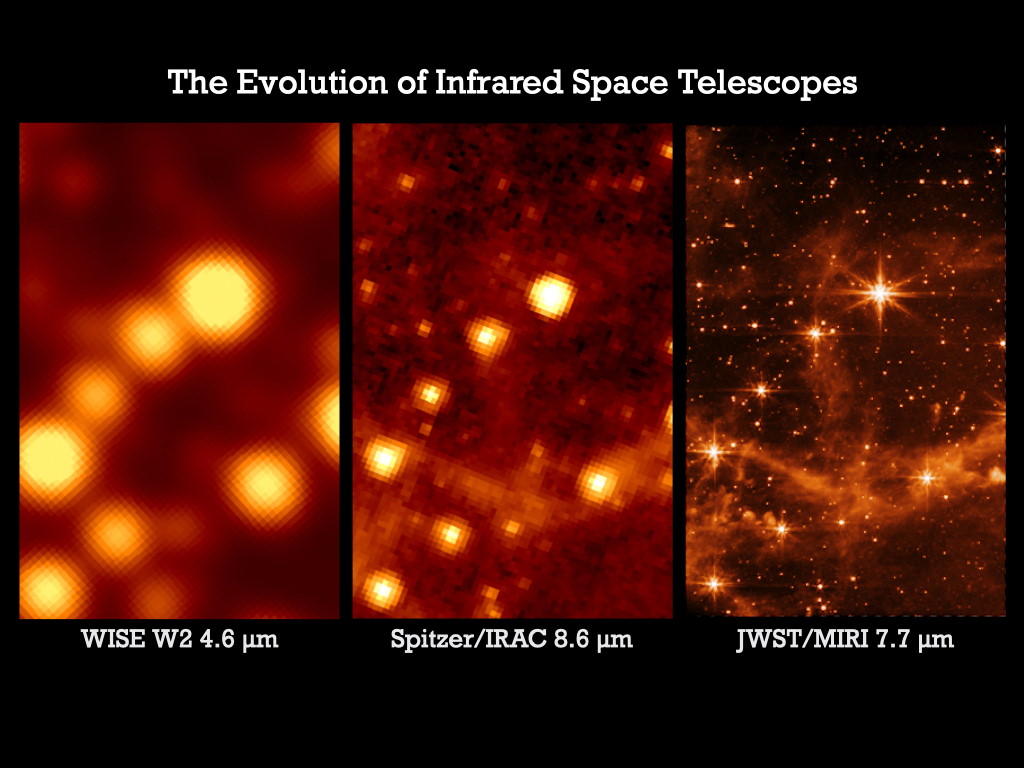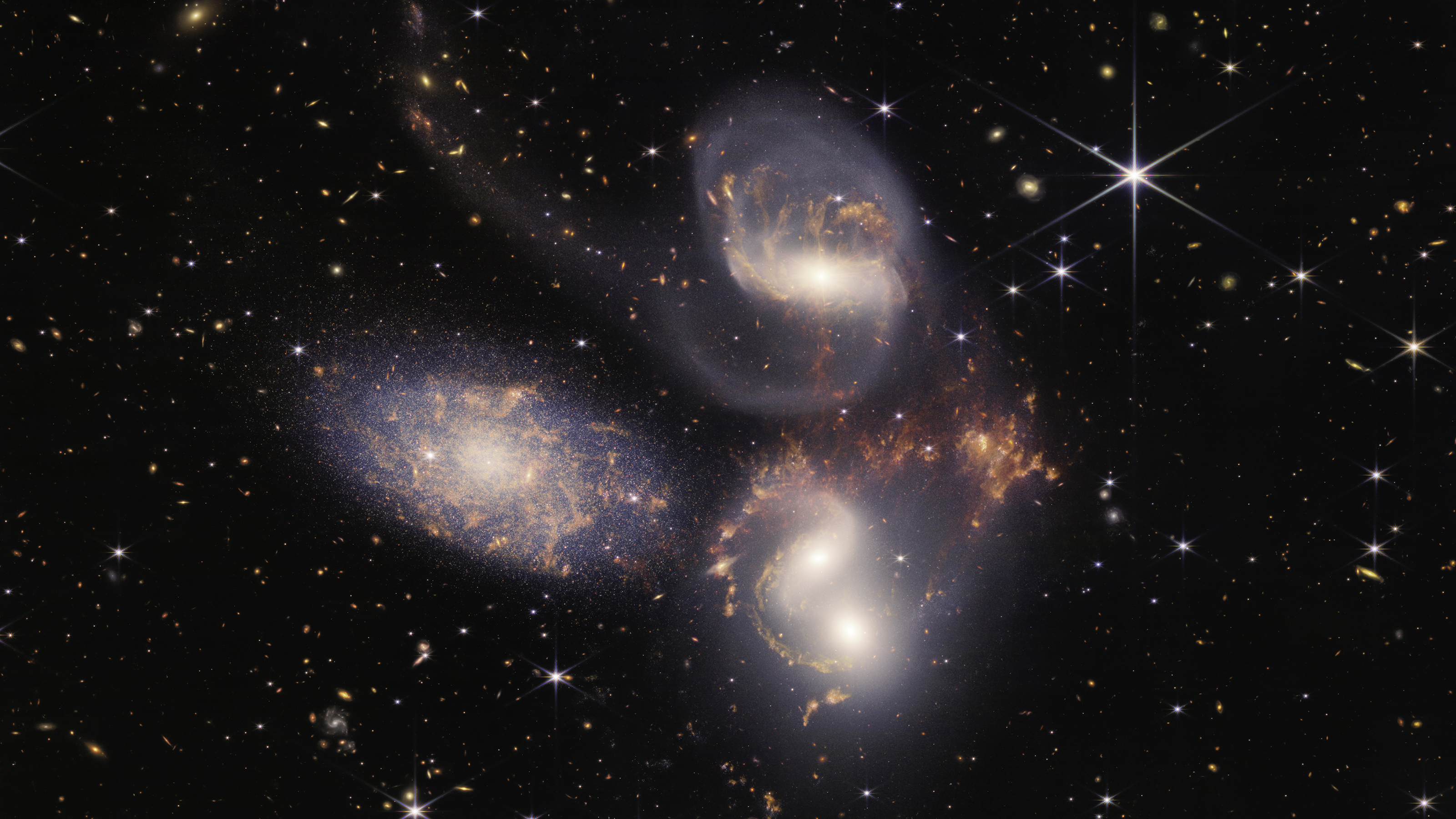No, the James Webb Space Telescope did not disprove the Big Bang

- The James Webb Space Telescope might have just imaged very old, large, well-formed galaxies that defy current predictions.
- Some are claiming that the Big Bang theory is wrong. More likely, there is a mundane explanation for this observation, such as dust or poor calibration.
- Even if the observation is correct, the findings would require us to rethink how matter forms into galaxies in the early Universe; they would not disprove the Big Bang.
Is the Big Bang in trouble? The answer, unsurprisingly, is no — or, at least it’s extremely unlikely. However, there has been a fair amount of dubious reporting and chatter on social media of late making that dramatic claim. Because of the importance of the question, it’s important to understand what’s true and what’s not.
A primer on the JWST
On Christmas Day 2021, astronomers held their breath as an Ariane 5 heavy rocket lifted the James Webb Space Telescope (JWST) into space. The JWST is the most expensive telescope ever built, and it was designed to image infrared light.
After a month-long journey to its operational location, NASA scientists and engineers spent about six months commissioning the JWST and making it ready to study the Universe. On July 12, 2022, JWST astronomers released several exciting images, demonstrating the potential of this exciting new facility.
Since then, the astronomical community has begun to dig into the data. Though the telescope has many missions, its ability to image infrared has made it a perfect facility to image the first stars and galaxies to form shortly after the Universe began. While those stars were huge and bright — much brighter than our own Sun — the expansion of the Universe caused by the Big Bang has stretched the wavelength of light from those ancient stars. The color of light depends on its wavelength, with violet having the shortest wavelength and red having the longest. Thus, this stretching of light means that we see early stars and galaxies as being reddish in hue, but the earliest ones are only visible by imaging infrared light. They are no longer visible to our eyes.
Why some are claiming the “Big Bang” is dead
Astronomers have begun to report surveys of infrared-visible galaxies that are nominally among the first galaxies to exist after the Big Bang. The Big Bang occurred about 13.8 billion years ago, and it is expected that it should have taken between 100 and 200 million years for the Universe to cool off enough for stars to form.
Very shortly after the JWST data became accessible, several claims have been made of galaxies that existed 400 million and 325 million years after the Universe began. Two other groups claimed an even older galaxy, which could have existed 225 million years after the Big Bang, and a third group is claiming to have observed a galaxy that was formed at the staggeringly early time of 180 million years after the Big Bang.
That’s where the trouble comes in.
Current theory suggests that the most ancient galaxies should be very small. Furthermore, they should be irregularly shaped. Over time, these tiny galaxies would slowly merge, eventually becoming much larger, like our own Milky Way. However, these infrared-visible galaxies seem to be far larger and more regularly shaped than what was predicted.
And this fact has resulted in some commentary, especially from people with a long hostility to the idea of the Big Bang. (One article cites a scholarly paper on the topic, whose title begins with the provocative word “Panic!”) One such individual is Eric Lerner, who penned the book The Big Bang Never Happened. Others who endorse either creationism or intelligent design are also using these reports to claim the same thing.
Possible explanations
While it is premature to dump a theory as well supported as the Big Bang, the observation of large and well-formed galaxies at such an early time does require a response from the scientific community. There are several possible responses.
But first, it is important to appreciate a very crucial point. All the reports are extremely preliminary. The papers have been uploaded to arXiv, which is an online repository for scientific papers. Though it is restricted to uploads from established scholars (so, no crackpots), these papers have not yet undergone peer review. It is possible that, upon further scrutiny, they will be retracted. These “discoveries,” therefore, are still tentative.
So, what could be an explanation that doesn’t require anyone to rewrite physics textbooks? One simple possibility is that there is dust between the distant galaxy and the JWST. As anyone who has watched a breathtaking sunset knows, dust preferentially scatters away blue light and lets red pass through. Perhaps the reports of distant galaxies are due to their light having shifted toward the red and infrared — not only because of the expansion of the Universe, but also because of intervening dust.
Another very simple possibility is that, because the JWST has only been operating for a very short time, its online optics and electronics have not yet been properly calibrated. It could be that additional operational experience will lead the JWST technical staff to adjust the signal processing and algorithms, which could mean that these early claims could disappear.
Of course, it is also possible that the reports are true, and it turns out that early galaxies are larger and better formed than current theory predicts. However, this doesn’t have anything to do with disproving the Big Bang; instead, it may require us to modify theories of how matter in the early Universe assembled into galaxies. This would require some tweaking, but that’s a far cry from rejecting the Big Bang entirely.
Reliable science takes time
So, how will the situation be resolved? Time and more data. These early reports use a simple algorithm involving a series of optical filters to determine the color of light from early galaxies. However, the JWST has more precise spectrometers, which will allow astronomers to get more accurate determinations of the wavelengths of light emitted by these distant galaxies. These better measurements will answer the question.
Everyone wants to know what secrets JWST will reveal about the Universe. But reliable science takes time. Rampant speculation does not.





